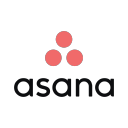

Asana Reviews & Product Details
Considered one of the pioneering cloud-based project management tools, Asana offers four views for its users – List View, Timeline, Calendar, and Boards – all of which help teams get both a macro and micro view of all the moving parts of projects and tasks. It provides a comprehensive roadmap of ongoing projects from start to finish, clearly outlining dependencies, project milestones, and feedback and approval processes. For project managers, strong reporting capabilities that show completion rates, individual workloads, and potential delays just to name a few create opportunities for real-time project optimization, collaboration, stronger forecasting, and better planning for future similar projects.


| Capabilities |
|
|---|---|
| Segment |
|
| Deployment | Cloud / SaaS / Web-Based, Mobile Android, Mobile iPad, Mobile iPhone |
| Support | 24/7 (Live rep), Chat, Email/Help Desk, FAQs/Forum, Knowledge Base, Phone Support |
| Training | Documentation |
| Languages | English |
Asana Pros and Cons
- Tons of great integrations
- Easy to use and clean environment
- Lots of timeline tracking tools
- Automation features built-in
- Various customization options
- No budgeting or invoicing features
- The volume of features can be overwhelming
- No time tracking feature
- The volume of features can be overwhelming
- No time tracking feature
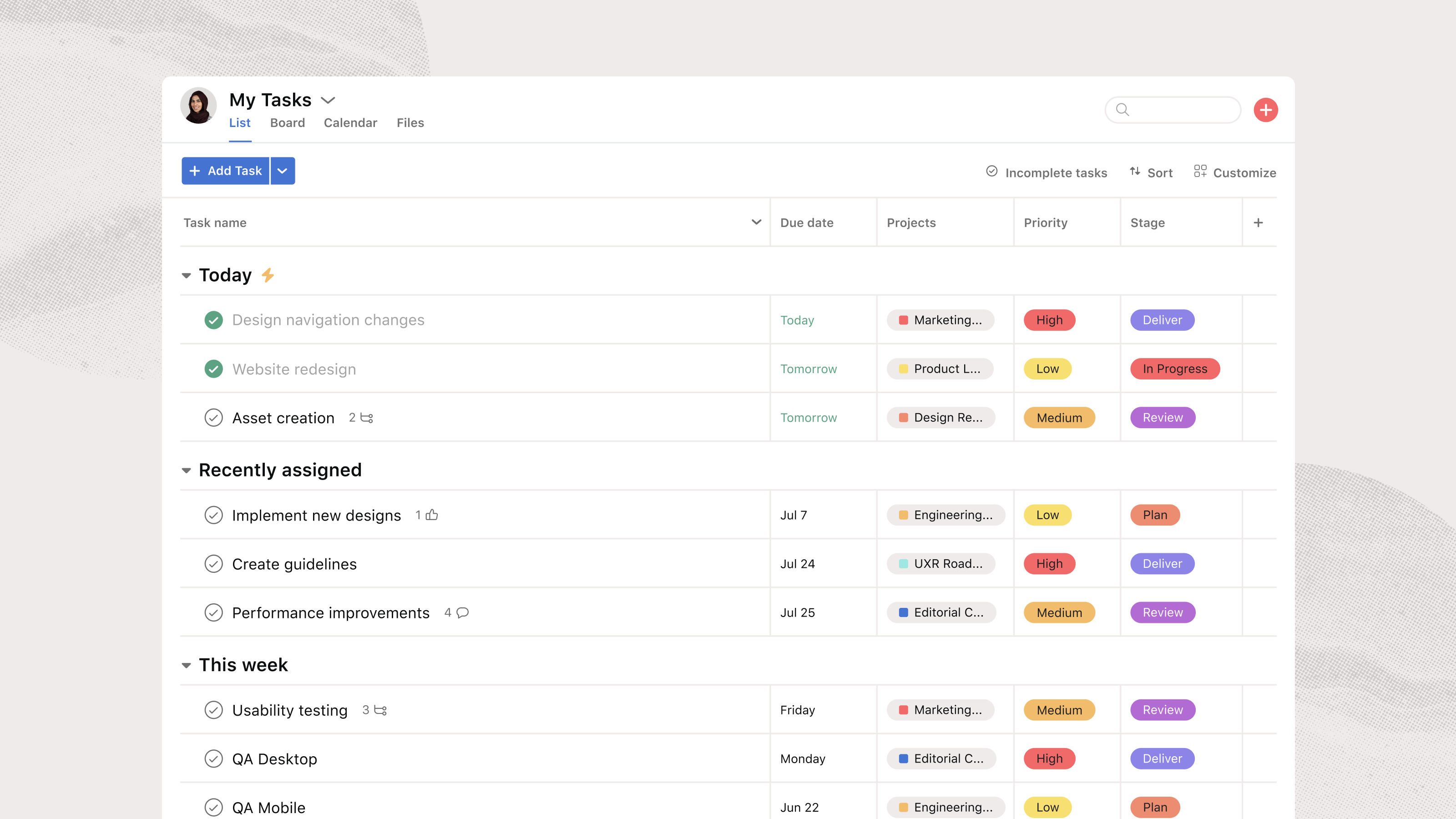
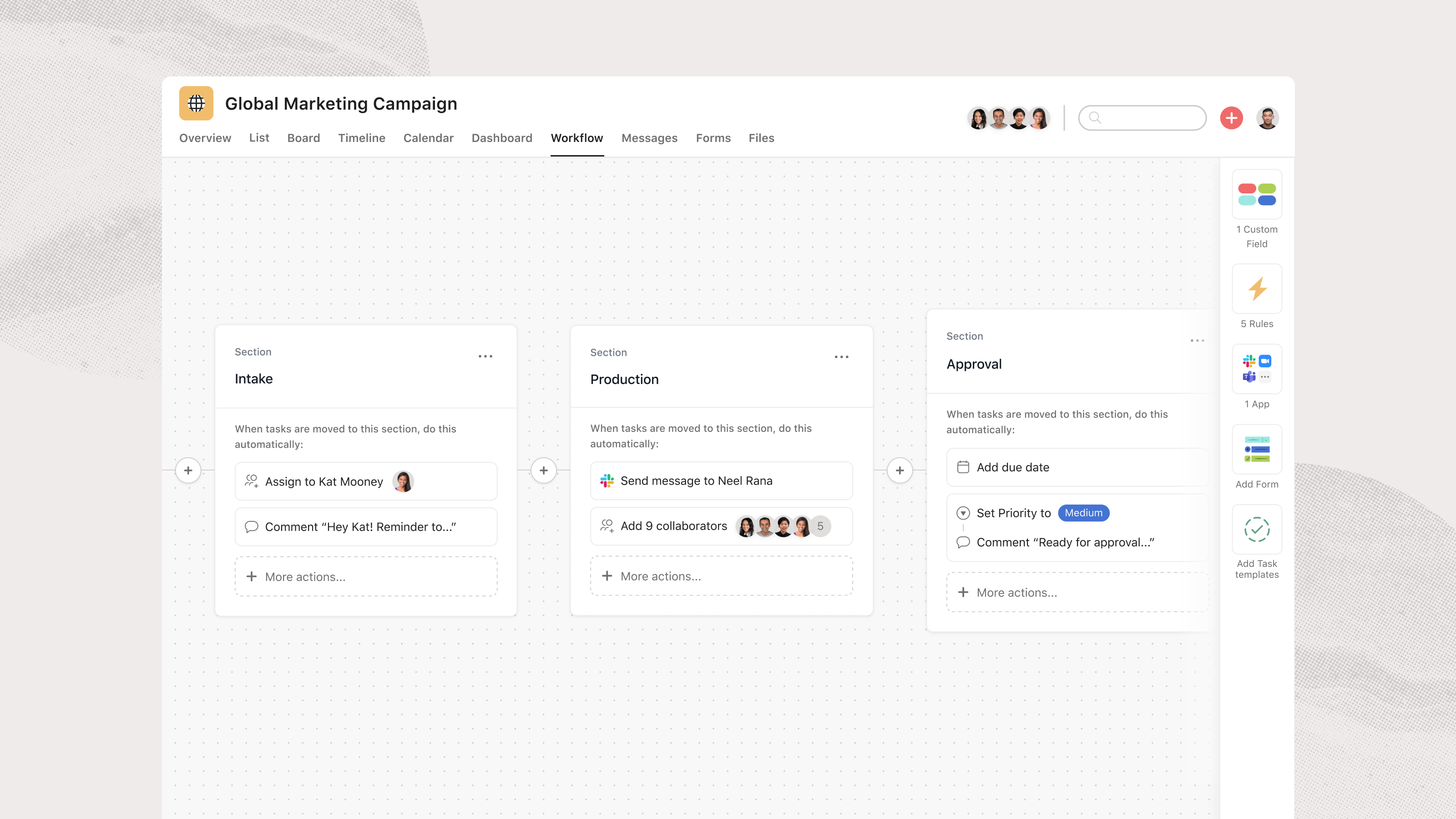
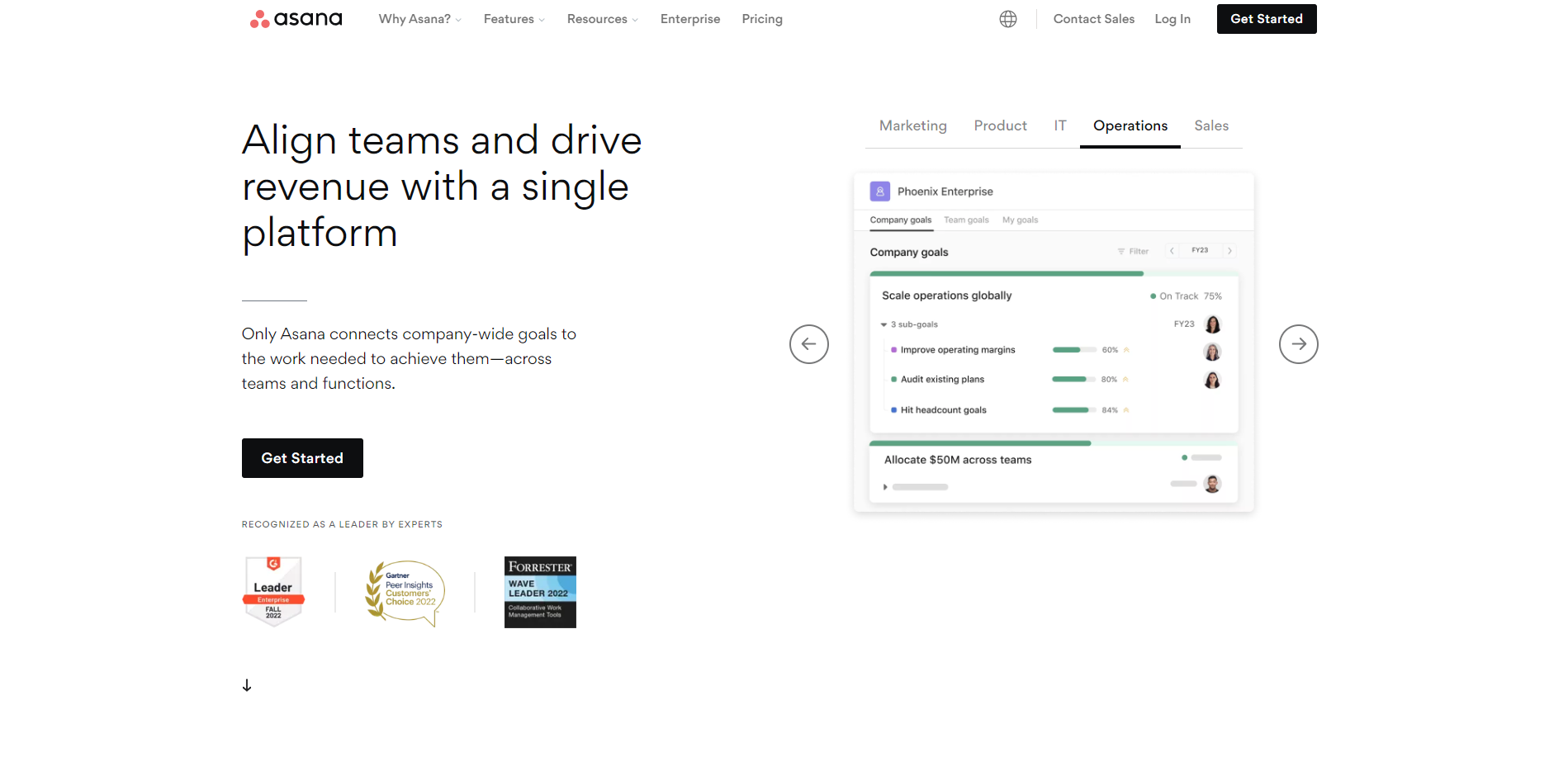
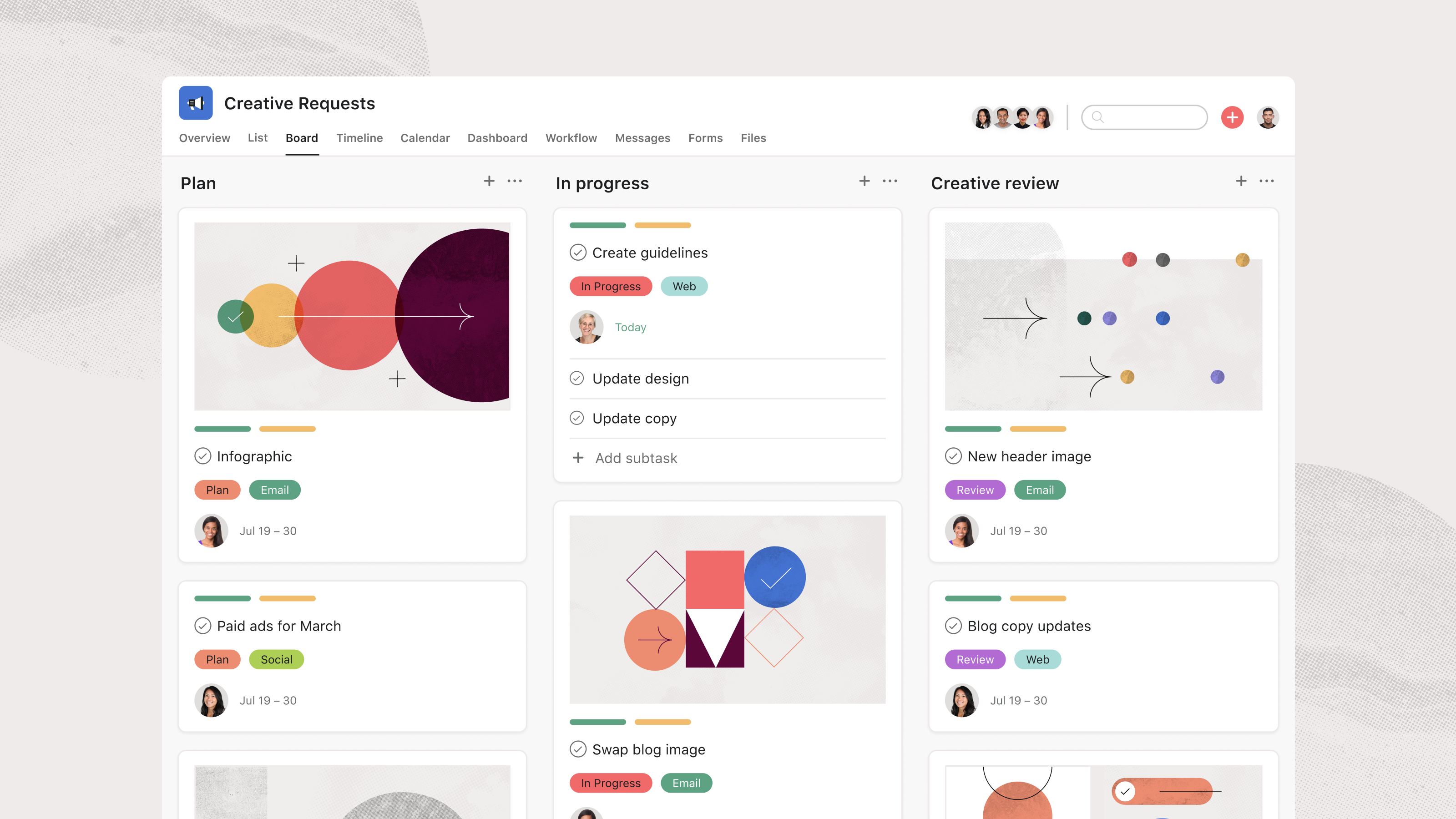
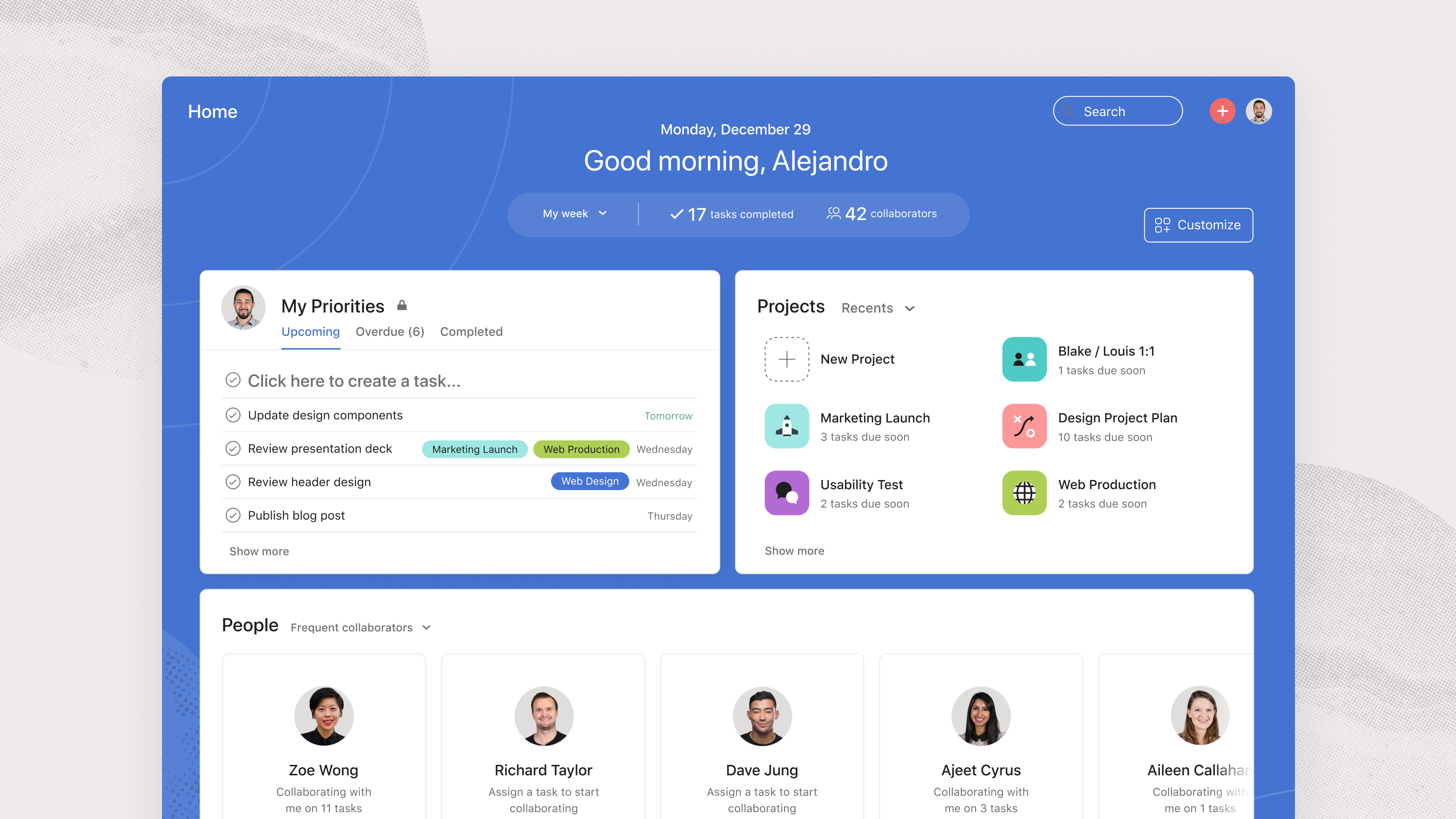

Planning the work, Esy to use and assign work to our team, makeing task for our self and set goals and reporting of our works
Limited features for free, premium is little high
It helps to set a task and make a goal to work and set remainder for the works on future dates. mobile application
Asana provides a user-friendly and intuitive interface that makes it easy for individuals and teams to get started quickly without a steep learning curve. Users can customize workflows to match their specific processes, helping teams adapt the tool to their unique needs and methodologies. I use it on a daily basis for managing my ongoing projects.
Asana's pricing can be a downside for smaller teams and organizations, as advanced features like custom fields, portfolios, and timeline views are only available in premium paid plans.
Asana provides a structured system for creating, assigning, and tracking tasks. Users can easily organize tasks, set priorities, and monitor progress, leading to improved task management and timely completion. Asana centralizes communication by allowing task discussions, file attachments, and mentions, improving team collaboration, and ensuring all relevant information is within the task context. Asana facilitates remote collaboration by offering a cloud-based platform that allows team members to work from different locations and time zones, fostering productivity and flexibility.
I have been working with Asana for sometime now, and what strikes me the most is the straightforwardness that creates transparency in what we all do together. It has enough strength to work with our global goals and is organized to track our progress in tiny detail. In our team, we discovered that it was more achievable when everyone knew exactly what was needed to be done in order to attain common goals. Our work flow has been streamlined and made much clearer with the use of Asana. I love how Asana displays our milestones and tasks – it’s a roadmap to achievements.
However, even though Asana is a complete platform, the fast pace of growth sometimes overruns the initiative to redesign some features. Wonderful in years of use, but it seems as if the ability to innovate within the service has become a little flat.
Our team has utilized the Asana software to eliminate the issue of project fragmentation and poor communication among members. It streamlines our activities and information flows which are crucial in the fast-paced work environment I operate in. The benefit is clear: higher productivity and enhanced teamwork.
The tool is comfortable and has a fast learning curve, it is the best thing it has, and the quality-price ratio is excellent, it has easy functions to create tasks, edit them and to follow the projects, I liked it because we can work as a team and maintain the communication with the team in real time, it is easy to configure, you can also assign tasks, postpone them, you can set a deadline and start date for the task, it has very good integration with GoogleDrive, attaching files is simple, it has a very good appearance aesthetics, it was very easy to adapt.
I have no discomfort, I have not had any problems with the application.
Being organized is the best thing it offers, it has been very useful to me personally and professionally, creating the boards and task lists is very easy, I can update the tasks whenever I want, the configuration is very simple, I can tag people my colleagues, assign them tasks, I love that I can interact in real time with my other colleagues, the visualization of tasks and projects is excellent, it has its calendar, I love that I can set reminders, I also love this application to plan my events for the future, customizing the projects separately is by far the best feature.
Asana is great for visuals users like me. I like to see how the project is progressing and make small adjustments along the way.
Everything is great. As with all tools, it takes time to get used to it and learn about all the small bits.
Project management - track what is done, where are we lagging. Helps to prevent those fire moments in the team.
You can add multiple projects at the same time.
Improve mobile app. Make it more iser friendly.
I am doing freelance digital marketing projects and it helps me organize my clients and tasks.
This has been a true influence for me in my capacity of handling multiple projects, asana’s board view. It has an easily understandable design that assists in task simplification with clients, helping in monitoring the course of projects. The calendar view is really great at helping organize the timeline. Specifically, the Branding and Website projects blend together. This aspect, by itself, has been vital in my daily activities.
The software is not easy all the time, especially when the updates are released. Some of the parameters are complex to manipulate, especially if you share them with the development team.
The issue of having several project timelines and deliverables at a time is among some of the problems that Asana has addressed. Through its features, it becomes a center for tracking and responding to tasks thus no redundancies. Someone, who is strongly committed to the cloud solutions, has found it easier to coordinate workflow as well as task tracking.
For a very long time, Asana has been one of my favourite applications that come in handy when organizing projects. The free version is already powerful, and for business use, the pricing is decent, as it provides a lot of features. I particularly value its monitoring system that enables me to keep track of my fiscal objectives and endeavors. It works seamlessly with other tools enabling me to share information, ideas, plans, and objectives with my team members during ongoing projects.
Users face some learning curves, particularly those who are somehow resistant to technological devices. The software is quite rich but I think the UI could be improved, specifically for organization and reporting purposes.
My financial projects and tasks have greatly been simplified by Asana. It helps me to reduce the time I was using to track and communicate with my team. My job requires strict timelines for numbers and deadlines.
Easiest do-it-all tool for productivity collaborations, brainstorming, assigning tasks, and basically, getting things done the right way, in the right time frame, without the hassle of getting lost in it all..
If there was one thing I'd nitpick about Asana, it would be how project management comes as easy as it goes, every time. No more roundabouts, no deadends, no pitfalls. I mean, can life be any more difficult? Hah!
As a product listing copywriter, Asana helps to assign and track project tasks. More than just a tool for management, Asana helps bridge gaps in comms and rallies everyone to victory with every completed assignment, however difficult or tedious it becomes.
Love how easy it is to set up different boards for different teams. So easy to stick to your weekly schedule, I use it every single day. It allows us to share docs amongst teams, request work from other teams.
Can get overcrowded, would be amazing if there was colour coding to make things clearer so it doesn't all blend together.
Managing our workload and sharing amongst teams.
1. All important and even the smallest points are at one place, this ensures project manager, stakeholders and development team are in sync. 2. Comments make it interactive. 3. Easy to share tasks and manage the workload. 4. Better clarity and holistic view of the feature/product
Many times teammates are not familiar with Asana, they need to learn to use it. It needs a paid licence to access which could be the reason that everyone is not provided access to it in the team. Although only read access can be a savior in this case.
My team uses this to get the big picture of the product using Asana. Helps to share and interact with stakeholders using comments. Easy layout. We use it to give a ballpark estimate for development of the feature, which otherwise is a tedious task if requirements are scattered
I’ve actually used Asana in our organisation for some time and I’m very excited about what it can do. To start with, the free version provides rich functionality for beginning project management practice. It is a lot of integration options so our team can communicate with other tools we already use. Asana empowers visual boards and timelines for managing projects more transparently and organized. Additionally, the commercial packages have more advanced features that simplify operations, these operational enhancements results to rather expedite facilitation, especially for big enterprises or projects.
Regarding Asana, technology resistance can be experienced from new users in as much as it has a slightly steep learning curve. Even though the software is packed with features, I think they could simplify some views and improve reporting to provide simpler organizational insights.
It is fighting to get multiple projects and tasks into the same streamline and in sync, that’s what Asana does. That is to say that I am able to track progress with ease and also identify bottlenecks. Further, it promotes team spirit as everyone speaks the same language and shares the same objectives.
Managing expectations for clients and the amount of features available to keep the team up to date and assist in supporting when capacity avails. Our team uses Asana on a daily bases and we have it integrated into our systems and processes.
Can be improved on the UI for easier navigation and setup
Asana solves a huge communications grey area and allows the unkown to be known. Managing expectations is the keyword here.
Asana is a great tool for managing tasks for multiple different projects. I really like how easy it is to create and manage tasks not only from Asana but also using the Chrom Extension or directly from a Slack Conversation.
There's nothing to dislike about Asana but the Chrome Extension is really slow and it needs to be optimized.
Asana helps in managing day-to-day tasks and activities and different projects in a single platform.
The possibility to manage your own workload and others. It gives visibility of "The big picture" to you and your superiors. Things that are not clear for them such as amount of work, times and priorities. The communication improved a lot since we started usin asana. For me, the real value lays in being able to organize my everyday tasks and tag them in different projects. The calendar visibility is one of it's best tools, you can drag and drop as needed any task you are working on, making it easy to change the date of a task. We tried with many different softwares before: Basecamp, Trello, etc; but none of them were as full and satisfying. Features like time tracking, customizable permissions, risk management, team collaboration and much more.
You are not able to assign tasks and tag them in other boards without appearing on them. This was the most problematic tool to me.
Times and workload are much more visible. Good organization.Conectivity with other applications and softwares.
I like that it is an easy-to-use software and very easy to customize. I love that it allows me to share the evolution of the project/product throughout the company, and how easy it is to assign to-do list items to my team members. I love that it provides tools such as dashboards to see the team's performance and based on that, make decisions to improve.
Needs improvements in the mobile application. Price can be an issue for smaller startups. It would be great if they introduced more free features. It is a tool that has a lot of potential and its great team has been in charge of constantly improving it.
It is a multifunctional tool that makes it very easy to plan and list daily tasks, in addition to providing multiple ways to organize tasks, by date or priority, which allows you to have greater control of tasks, keeping everyone focused in what corresponds to them. It ensures that all project management tasks are aligned.
- Asana is the simpliest project management tool there is - It is very use to use even if you have multiple clients. - It also has an option to use mutlipel accounts, and swithcing between accounts is very straight forward. - They also have an mobile app that is easy to use. And if you have mutiple accounts, swithing between the accounts is easy without having to log out and log in to another account.
- Importing task via csv is not always straight forward. - If you have tasks that are depentend on other tasks, they do not pull into asan via a csv. - You cannot have a url link to a section of a project, you have to create links to taks or
When you have multiple projects and haveing a large team wokring on these projects is never easy and straight forward. Asana has made that a breeze with its easy to use interface and functionality.
I LOVE Asana. It is easy to use and great for a visual person like me. I like that I can see all the tasks for one project or all projects.
I wish you could select which projects to view in main calendar. It is either one or all currently. I would like to be able to do a time span/end date on projects/tasks. You may be able to with paid version.
Helps me keep track of everything. I am a marketing manager which means I wear a lot of hats--social media, web, PR, graphics, events... I like that I can plan out my week/month/year and color code it so I can see all my tasks at a glance. I also like that I can collaborate with my intern, assign projects, and keep track of her progress.
color coding and schematic setup and easy implementation learning curve
none yet. still early in the implementation phase to fully understand all the features and small kinks it might have.
Prioritizing client accounts and basic crm functionalities without the salesforce hype and abilities(price)
Everything, out of all other PM softwares I used, Asana is the smoothest, fastest, easier to setup and customize.
Nothing at all. IMO Asana is a arket leader when it comes to features and its ease of use.
Mirroring taks from one board to antoher is very important to me, I can look at the project progress and at the same time see how tasks are laid out for a specific department.










